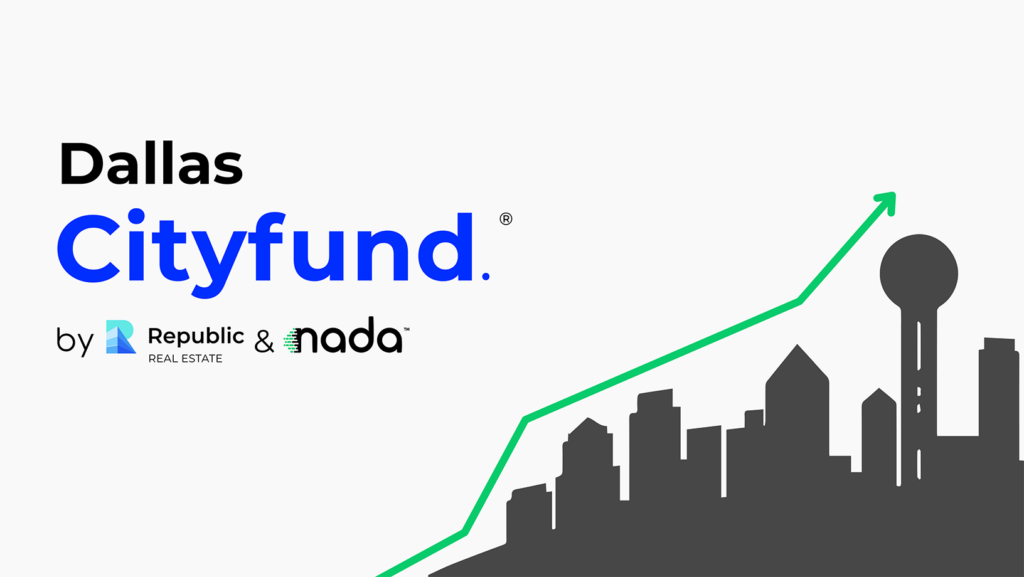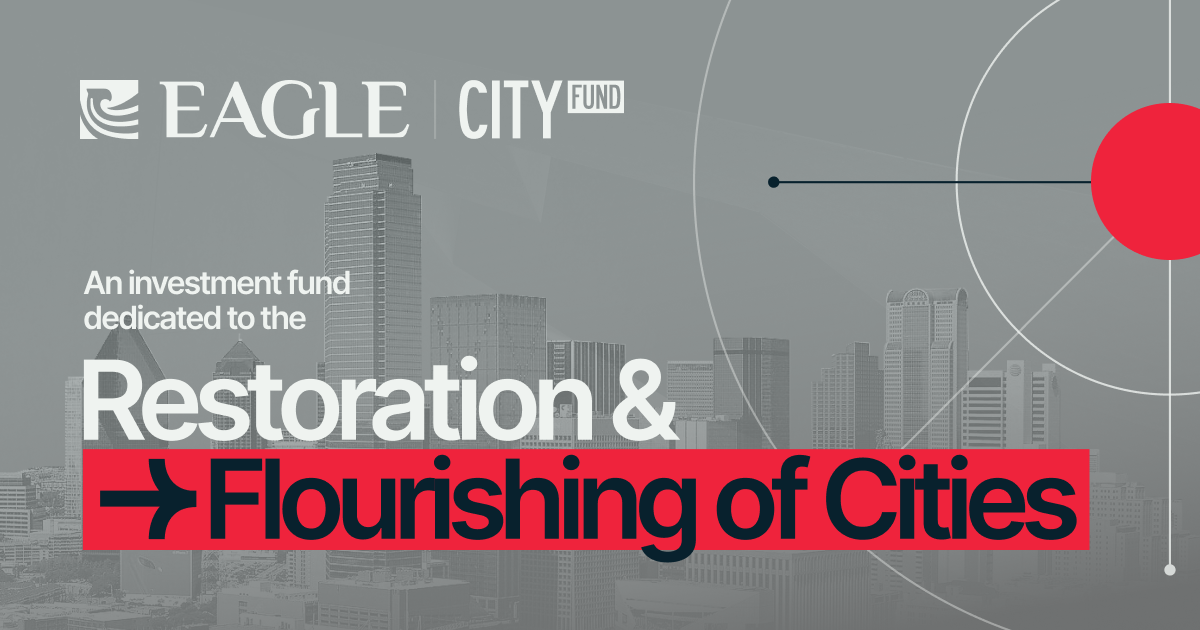In recent years, the landscape of real estate investment has been rapidly evolving, thanks in part to financial innovation, digital platforms, and democratized access to property markets. One of the standout models emerging from this trend is CityFund—a new approach to real estate investing that allows individuals to invest in specific cities’ housing markets, much like they would invest in individual stocks.
What Is CityFund?
CityFund is a real estate investment model that enables investors to buy fractional ownership in residential real estate markets tied to specific U.S. cities. Rather than purchase whole properties or invest in generic real estate investment trusts (REITs), investors can target individual towns—like Austin, Dallas, or Miami—through dedicated CityFunds, each tracking home price appreciation in its respective market.
The goal? To make local housing market exposure accessible, transparent, and profitable for everyday investors.
How It Works
CityFund leverages a fractional ownership model, typically by investing in equity interests in single-family homes. Here’s how it generally operates:
- Fund Creation: Each CityFund is launched for a specific city.
- Capital Raised: Investors contribute capital, often through a digital platform.
- Residential Investment: The fund uses capital to invest in residential properties or acquire partial equity in owner-occupied homes.
- Appreciation-Driven Returns: Investors earn returns based on the increase in property values in the fund’s targeted city.
For example, if a CityFund is focused on Austin, Texas, it will invest in homes in that city. As property values rise, so does the value of the fund, potentially leading to profits for its investors.
Benefits of the CityFund Model
1. Democratized Access
Traditionally, direct real estate investment required significant capital and knowledge. CityFund breaks down these barriers by allowing investments with lower minimums, often in the hundreds rather than hundreds of thousands.
2. City-Specific Strategy

Unlike traditional REITs that spread risk across broad geographies or sectors, CityFunds allow investors to place informed bets on specific urban markets they believe in.
3. Diversification for Portfolios
CityFunds provide an alternative asset class with low correlation to traditional stock markets, helping investors diversify portfolios.
4. Homeowner Support
Some models of CityFund involve buying fractional equity in homes directly from owners, giving homeowners liquidity without selling or borrowing—an innovative financial tool for personal wealth management.
Challenges and Considerations
While CityFunds offer exciting opportunities, they also come with risks:
- Market Volatility: Real estate prices can fluctuate, especially in overheated markets.
- Liquidity: These investments may not be as easily tradable as stocks.
- Local Policy Risks: Housing policies, taxes, and regulations can impact city-specific funds.
Investors should conduct due diligence and understand the structure and terms of each fund before committing capital.
The Future of CityFund
CityFund represents a new chapter in proptech—the fusion of property and technology—and signals a shift toward more localized, data-driven investment strategies. With continued urban growth, rising home values, and public demand for inclusive investment tools, CityFund-type models could redefine how individuals engage with the real estate market.
As more cities are added and platforms evolve, we may be witnessing the creation of a “stock market for cities”—where individuals can bet on the prosperity and growth of America’s urban centers, one neighborhood at a time.
Final Thoughts
CityFund is more than just a trend—it’s a structural innovation in real estate investing. By offering geographically focused, accessible, and equity-based exposure to residential markets, it opens the door for a broader spectrum of investors to participate in one of the most historically exclusive wealth-building tools: property ownership.
You also like Miradore

